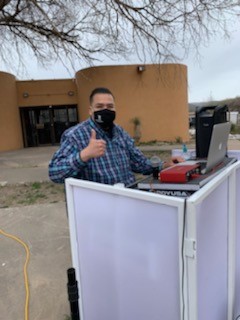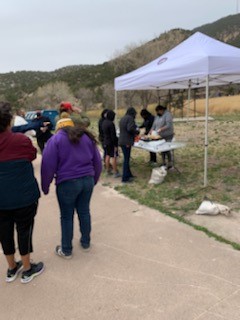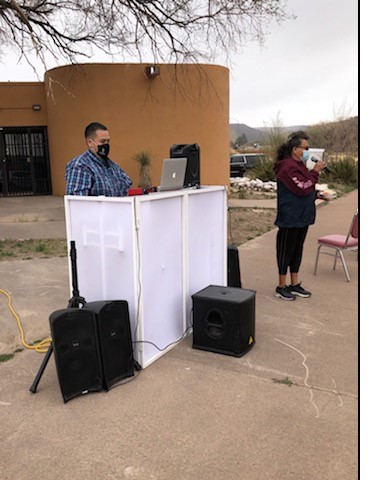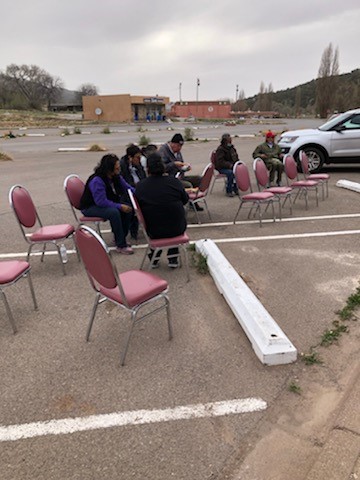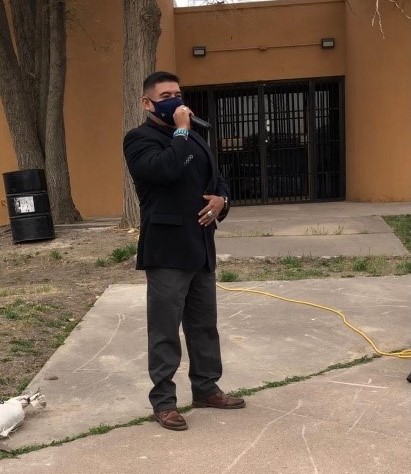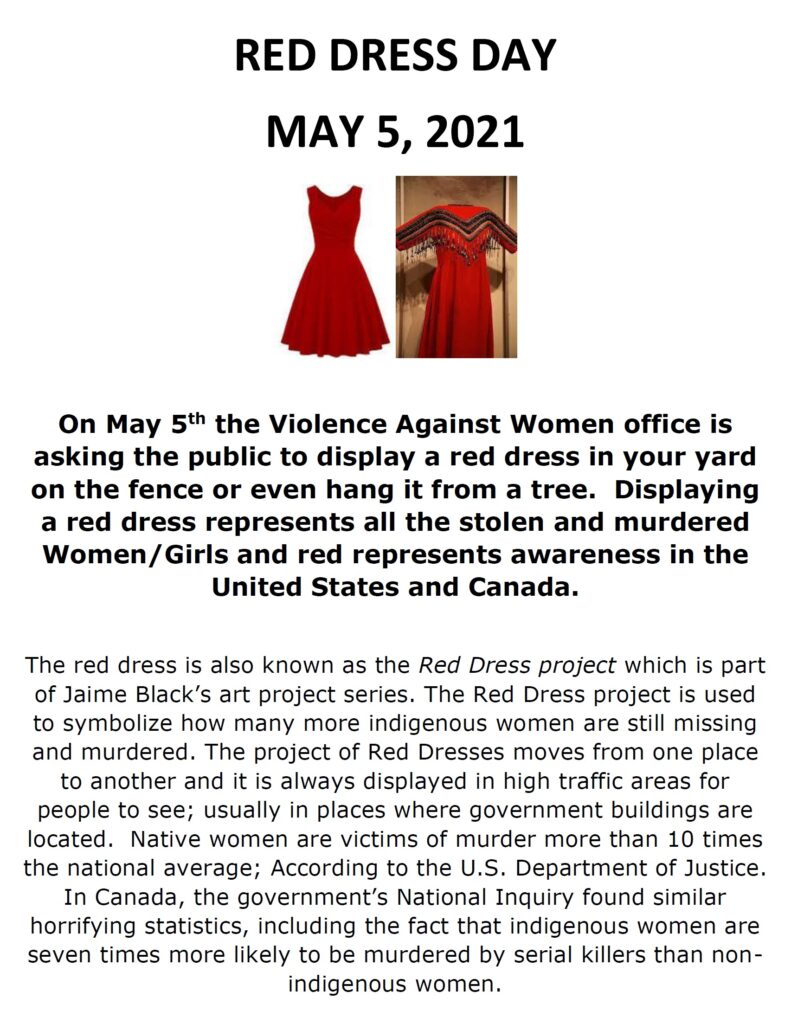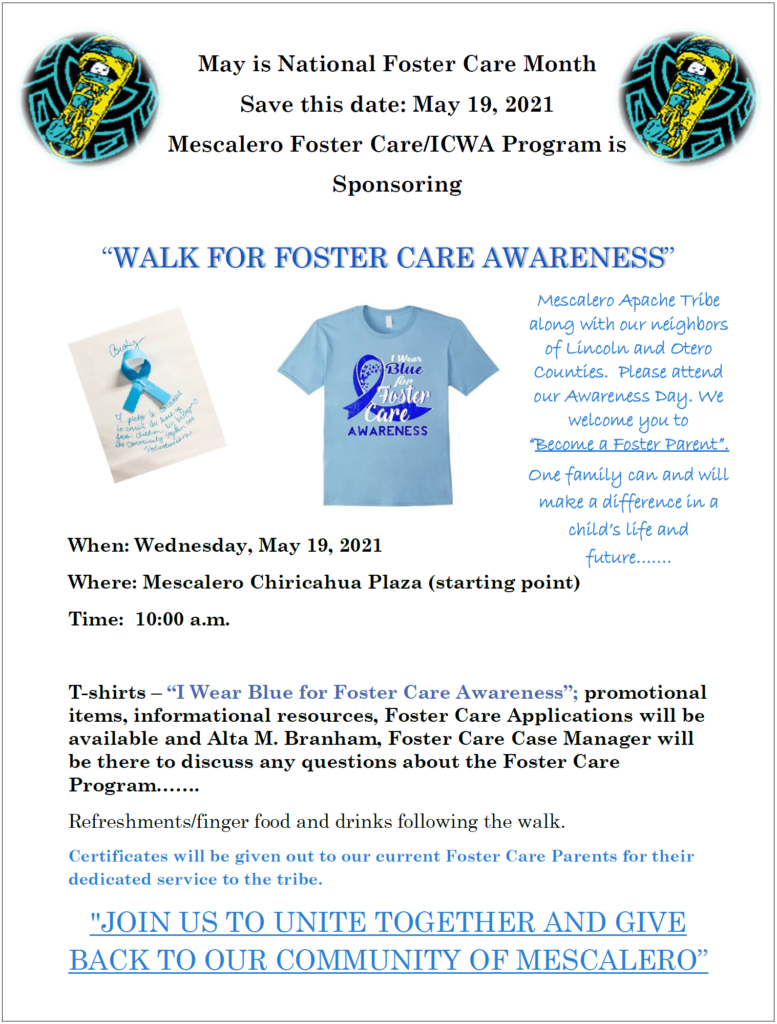Mescalero Community Easter Egg Hunt
It’s already here again, the Annual Community Easter Egg Hunt! This means spring is beginning and our community has come out to enjoy an afternoon of egg hunting with the children.
The annual Easter Egg Hunt took place on March 31, 2021at 5 pm.
Mescalero Violence Against Women participated in coloring eggs and hiding the eggs on the west side of the football field.
VAW hid over 1000 eggs and the 7 – 12 group of kids participated in the hunt, they also provided prizes to the ones that found prized eggs.
Many of the kids were very fast and collected many eggs within 5 to 10 minutes after they were told to GO.
The pictures above show many egg hunters scrambling about on the field and by the community center building, everyone truly enjoyed themselves.





